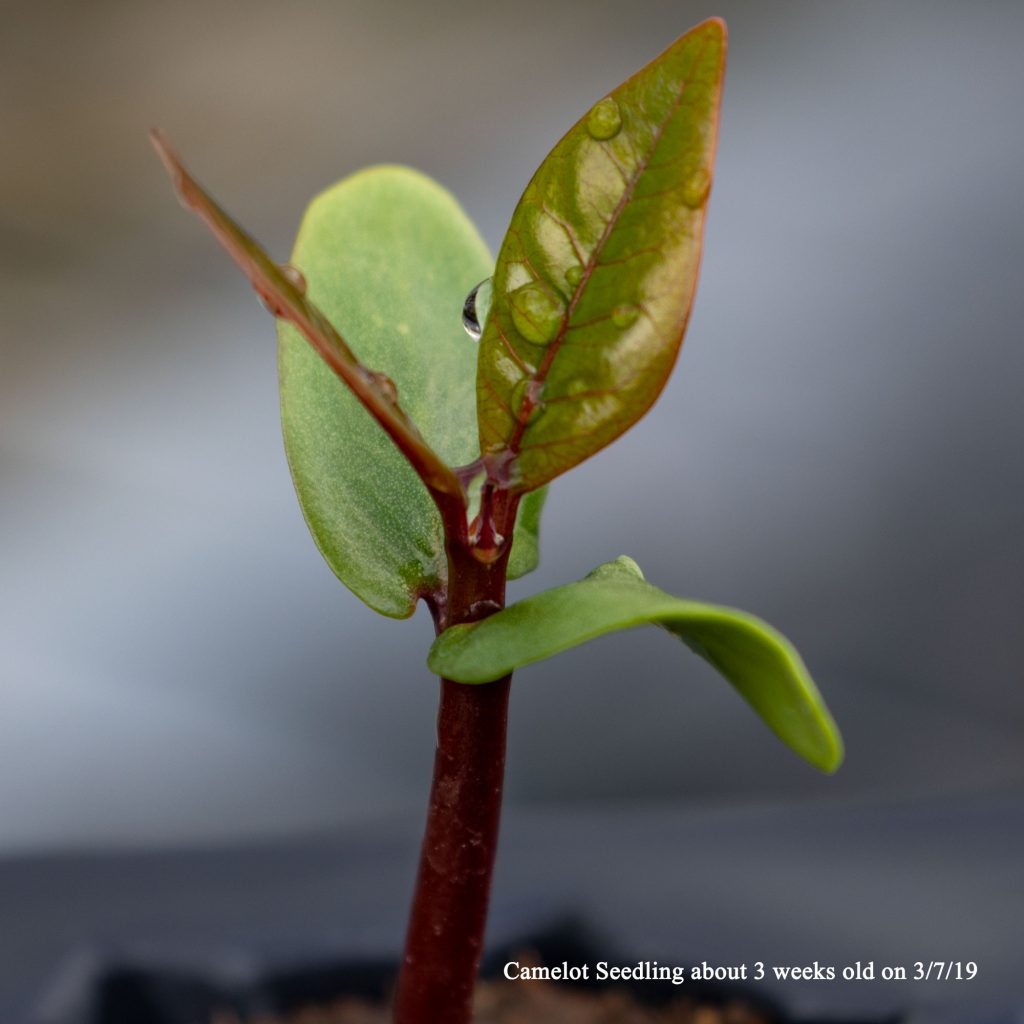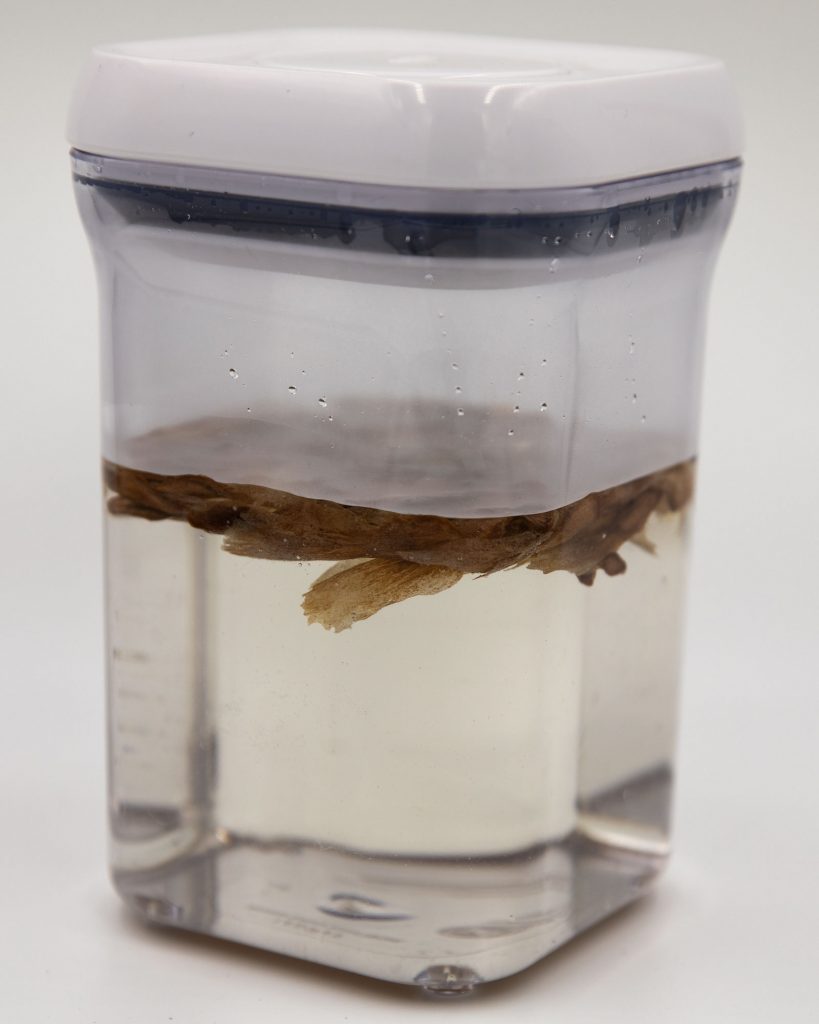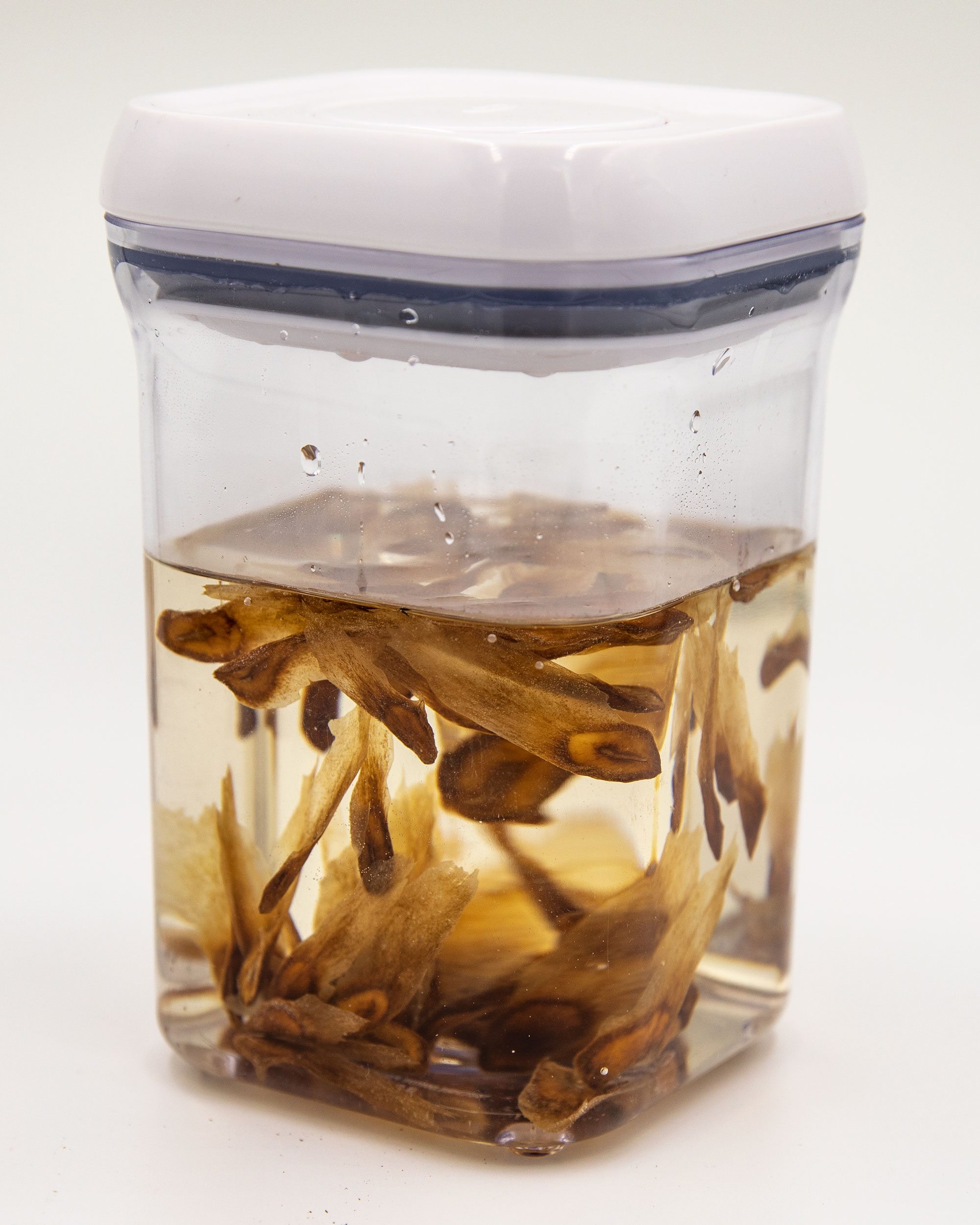2-2-2018 Update, Starting with the Basic Project Details.
 Planting seed weather in Homestead looks good enough to start my seed planting and seedling projects. The forecast says the lows are going to be around 60 and the highs around 80 for the next two weeks. This is the earliest I’ve planted plumeria seeds outdoors. They will be in full sun open to the weather. It will be interesting to see how they do. I expect them to take longer than my normal to germinate. I will be planting some more around March 1, to see if there are differences.
Planting seed weather in Homestead looks good enough to start my seed planting and seedling projects. The forecast says the lows are going to be around 60 and the highs around 80 for the next two weeks. This is the earliest I’ve planted plumeria seeds outdoors. They will be in full sun open to the weather. It will be interesting to see how they do. I expect them to take longer than my normal to germinate. I will be planting some more around March 1, to see if there are differences.
Here is the updated list of seeds I’m planning on planting. The ones in bold, I waiting on fresh pods to open. I always try to plant all the seeds in a pod, if possible.
Gina, Hope, Jackie, Metallica, Super Round (J115), Jack’s Purple, Dwarf Singapore Pink, Mardi Gras, Aztec Gold, Waimea, Bonnie Fox, Raspberry Sundae, Salmon Jack….so far!
Materials Needed:
Plumeria Seeds, something to soak the seeds in, 2” x 3” Gro-Tech FlexiPlugs and trays, Vitazyme, Carl Pool’s Root Activator, Bioblast 7-7-7, Pro-Mix BX Mycorrhizae, Excalibur VI 11-11-13, Metal Labels or plastic plant markers and permanent felt tip marker.
OK, the bench cleared off, containers and trays cleaned, plugs on to soak and organized the materials and products I use to germinate the seedlings. The plant is to start soaking seeds on Saturday.
I’ve decided to try several methods to see if they make any difference and to give you an idea which will work for you.
Basic Planned Regimen for 2018 Seed Projects – substituting Pro-Mix BX Mycorrhizae mix for FlexiPlugs
The trays I use have 36 compartments, so most of the trays will have 36 seeds in each with 2″ x 3″ compartments. I will be comparing germination and growth differences between the FlexiPlugs and using ProMix soil.
Phase I – Soaking the Seeds before Planting
Plumeria seeds need moisture and warmth to germinate. They do not require light to germinate.
- First Dip seeds in a mix of Vitazyme and warm (not hot) water and allow to dry before proceeding.
- Soak seeds in warm water until plump, about 2-4 hours, overnight is ok. A good rule of thumb: Seeds that sink after absorbing water are usually viable. Seeds that float are normally not viable. Soaking seeds gives them a head start and a good way to checks viability.
- I sometimes use the paper towel method for germination.
- Place the seeds between two paper towels, wet the towels, put in a warm place, keep the towels moist and do not let them dry out. When you see roots it is time to plant the seed.
Caution: It’s important you do not continue to soak after roots start showing. They should be put in soil or plugs at that point. Waiting will only increase the chances of damaging the roots. Do not allow the seeds to dry out.
Phase II – Soaking and Preparing the Plugs and ProMix.
- Soaking Plugs: Materials: 2″ x 3″ FlexiPlugs, 36 holes Plug Tray for 2″ x 3″ Plugs, Two flat trays to hold the FlexiPlug trays. (one with drainage and one without), Vitazyme and Root Activator.
- Soak plugs in Vitazyme (1 oz. per Gal) and Root Activator (2 oz. per gal) Soak for 1 to 2 hours.
- Place the plugs in the trays, then plant the seeds in the FlexiPlugs with the flags and deep enough to cover the body of the seed with the flag sticking up and above the soil and water well.
- Place ProMix soil in the trays and gently tamp until firm, plant the seeds in the ProMix with the flags and deep enough to cover the body of the seed with the flag sticking up and above the soil.
- Water well with leftover Vitazyme and Root Activator mix.
- Drenching the Soil: Materials: ProMix, Same 36 holes Plug Tray used for 2″ x 3″ Plugs, Vitazyme and Root Activator.
Because the 2″ x 3″ plugs aren’t readily available, I’ve decided to test using the ProMix in the Plug Tray instead of the plugs.
- Fill the plug tray with ProMix soil and gently tamp until firm
- Fill a Plug Tray flat without out holes about 2/3 full with Vitazyme (1 oz. per Gal) and Root Activator (2 oz. per gal)
- Place the Plug Tray filled with ProMix into the tray without drain holes. Allow to Soak for 1 hour or so.
- Lift the Plug tray and allow to drain some, then place the tray with the plugs in a tray flat that has holds.
- Plant the seeds in the ProMix soil deep enough to cover the body of the seed with the flag sticking out above the soil.
- Water well with leftover Vitazyme and Root Activator mix.
- Using 10″ x 16″ x 3″ Flat Trays: Materials: Seeds, Seedling soil mix, Plug Tray, Vitazyme and Root Activator.
- Fill a flat tray with good drain holes or slots about 2/3 full of good seedling soil.
- Water well with Vitazyme (1 oz. per Gal) and Root Activator (2 oz. per gal)
Phase III – Planting the Seeds
- Labeling Trays: Before you start planting your seeds be sure to prepare labels and be sure to label every group of seeds with a minimum of the date and cultivar. Create a label for each individual seedling you are planting.
- Growing plumeria from seeds for new cultivars and/or rootstock.
- Growing Seeds For New Cultivars: Materials: Seeds, 2″ x 3″ FlexiPlugs, Plug Tray, Vitazyme and Root Activator.
- Plant the seeds in ProMix soil deep enough to cover the body of the seed with the flag sticking out above the soil.
- Water well with leftover Vitazyme and Root Activator mix.
- Growing Seeds for Rootstock: Materials: Seeds, Seedling soil mix, Plug Tray, Vitazyme and Root Activator.
- Using the flat tray from above, place the seeds horizontal (flat) on the soil and cover with an additional 1/2″ or so of soil.
- Water well with a Vitazyme and Root Activator mix.
Place in a sunny location, If your nighttime average 60 degrees or above at night you are safe to put the seeds outside. Seeds will germinate and grow best in Springtime and early Summer. Warmer weather helps germination, but the soil over 95 degrees could slow down germination. `The hotter the weather to more often they will need watering. I think full sun is the reason I’ve had almost no problems with damping off or seedling rot. Caution: In hot regions, you may need some shade
Watering your seeds
- Keep plugs very moist. 2-3 times a day. The FlexiPlugs are foam injected peat plugs, that have proven to provide great air circulation even when wet and the plumeria seeds grow great. Although decomposition takes much longer than normal plugs, I feel it is worth the trade-off.
- For the ProMix in plug trays and the flats, water twice a day to keep the soil moist. Do not allow the soil to dry out.
Seed Germination – your seeds will germinate in 5-15 days, depending on the cultivar, the method used and the growing conditions.
Phase IV – Young Seedlings
After Germination, the seeds will put out roots, the seed leaves (Cotyledon) will break the surface and the seed coat will fall off and true leaves with start growing.
The seed leaves (Cotyledon) contain nutrients to help keep seedling alive until the roots can grow enough to start providing nutrients and until the real leaves have grown to perform photosynthesis to process the nutrients.
After 3 or 4 real leaves have grown, foliar feed with Bioblast (1 tablespoon per gal). Remember when the seed leaves go away the seedling will need a source of nutrients. Caution: Apply only Early or Late in the day, not in strong sunlight, it may burn the leaves.
Phase V – Transplanting
Materials: ProMix or Seedling soil mix, 2 gal pots, 7 1/2 gal squat pots. Vitazyme and Root Activator, Excalibur and a Moisture Meter
Create a label for each seedling and be careful to label correctly with a minimum or the date planted and cultivar. We put the letter “S” on the tag to clearly indicate it is a seedling.
When you see several roots coming out the bottom and/or sides of the plug or tray it’s time to transplant.
When transplanting I fertilize with Excalibur IX 11-11-13 (3 tablespoons for 2 pot and 5 tablespoons for the 7 1/2 gal pots) Mix in top 1” of soil to cover fertilizer granules. I suggest 9 months because you can apply again in 9 months providing nutrients all year long. Caution: If you can’t keep the seedling growing all year long, or depending on your growing season, it may be better to use Excalibur IV and apply twice a year.
Be sure the Plugs are completely covered by soil, this will help them to decompose and prevent premature drying out.
This year, I plan on transplanting the 2″ x 3″ plugs to 2 gals and 7 1/2 gal squat pots. I’m expecting the 7 1/2 gal pots may help the growth rate.
Soil mixtures:
- I’m using Pro-Mix BX Mycorrhizae for the soil mix for growing seedlings for new cultivars.
- A good seedling mix is good for growing rootstock.
Water well after transplanting with a mix of Vitazyme and Root Activator.
Phase VI – Extended Fertilizing and Care
Materials: Excalibur VI or IX, BioBlast and a Moisture Meter
Foliar feed every two weeks with a mix of BioBlast (1 tablespoon to 1 gal of water) and Vitazyme (2 tablespoons to 1 gal of water), early or late in the evening.
If possible keep seedlings growing for the first year by keeping in a warm, sunny location. Additional Lighting may be needed.
Water as needed, allow the pot to almost dry out and water well making sure all the soil is evenly watered. Do not allow to bet completely dry. A moisture meter is always a good tool to have.



















 Plumeria Seeds
Plumeria Seeds